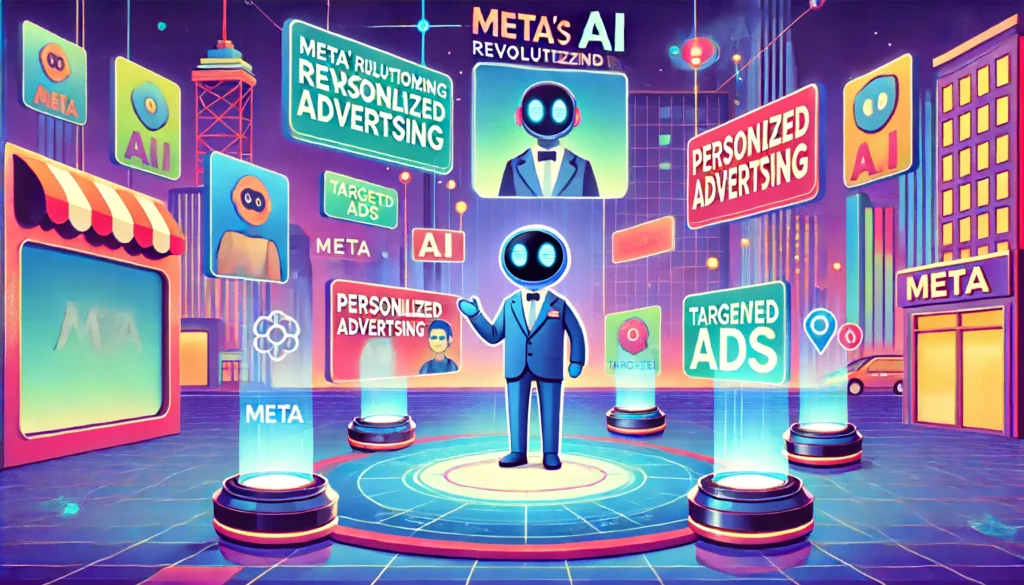
The rapid evolution of Generative AI (Gen AI) is revolutionizing how enterprises engage with customers, streamline operations, and manage internal communications. These AI-driven chatbots, capable of processing natural language and generating human-like responses, are becoming indispensable tools for businesses. Yet, with the rise of these technologies, a new set of security challenges has emerged, making the protection of Gen AI chatbots an urgent priority for enterprises.
The Expanding Role of Gen AI Chatbots in Modern Enterprises
Gen AI chatbots are transforming the way enterprises interact with both customers and employees. These intelligent systems are deployed across various domains, from customer service to human resources, automating tasks that traditionally required human intervention. The benefits are clear: reduced operational costs, enhanced efficiency, and improved customer satisfaction.
However, as these chatbots become more sophisticated, their integration into critical business processes also increases the potential attack surface for cyber threats. Unlike traditional software, Gen AI chatbots interact dynamically with users, constantly learning and adapting to new data. This makes them not only powerful but also vulnerable to exploitation.
In-Depth Analysis of Gen AI Chatbot Security Risks
Understanding the specific security risks associated with Gen AI chatbots is crucial for developing effective protection strategies. Here are some of the most pressing concerns:
1. Data Breaches and Privacy Violations
Gen AI chatbots handle vast amounts of data, including personal information, financial details, and proprietary business information. If not properly secured, this data can be intercepted by cybercriminals, leading to significant data breaches. The risk is further compounded by the chatbot’s ability to access and process data from multiple sources, making it a single point of failure in terms of data security.
2. Adversarial Attacks
Adversarial attacks pose a unique threat to Gen AI chatbots. These attacks involve subtly manipulating the input data that the AI system receives to cause it to make incorrect decisions or generate malicious outputs. For instance, an adversary could input carefully crafted phrases designed to trick the chatbot into revealing confidential information or performing unauthorized actions.
3. Social Engineering and Phishing
Chatbots, by their nature, engage in direct communication with users. This makes them an attractive vector for social engineering and phishing attacks. Cybercriminals can exploit chatbots to deliver convincing messages that trick users into disclosing sensitive information, such as login credentials or financial details. Given that users often trust interactions with AI systems, these attacks can be particularly effective.
4. AI Model Manipulation
The AI models that power Gen AI chatbots are not immune to tampering. Model poisoning is a technique where attackers introduce malicious data during the training process, leading the AI to learn incorrect behaviors or prioritize harmful actions. This kind of manipulation can go undetected until the compromised chatbot begins to act in unexpected and potentially damaging ways.
The Far-Reaching Consequences of Inadequate Security
Failing to secure Gen AI chatbots can have dire consequences for enterprises. Beyond the immediate financial losses associated with data breaches, there are long-term impacts to consider:
- Loss of Trust: Customers and partners expect enterprises to protect their data. A security breach can erode trust, leading to lost business and damaged relationships.
- Regulatory Penalties: Many industries are subject to strict data protection regulations. A breach involving a chatbot could result in significant fines and legal actions, especially if it involves sensitive personal data.
- Operational Disruption: A compromised chatbot can disrupt business operations, particularly if the chatbot is integrated into critical processes like customer service or supply chain management.
Building a Robust Security Framework for Gen AI Chatbots
To effectively safeguard Gen AI chatbots, enterprises must adopt a comprehensive security strategy that addresses the unique challenges posed by these systems. Here’s how:
1. Secure Development Lifecycle
Security should be embedded in every stage of the chatbot’s development lifecycle. This includes conducting threat modeling during the design phase, implementing secure coding practices, and performing rigorous testing to identify vulnerabilities before deployment. Continuous monitoring and updating of the chatbot’s software are also essential to protect against emerging threats.
2. Advanced Encryption and Data Protection
Encrypting data is a fundamental aspect of securing Gen AI chatbots. End-to-end encryption ensures that data is protected as it moves between the user and the chatbot, preventing interception by unauthorized parties. Additionally, data anonymization techniques can be employed to minimize the risk of sensitive information being exposed even if a breach occurs.
3. Multi-Factor Authentication and Access Controls
Implementing multi-factor authentication (MFA) is a critical step in preventing unauthorized access to the chatbot’s backend systems. By requiring multiple forms of verification, enterprises can significantly reduce the risk of cybercriminals gaining control of the chatbot. Moreover, stringent access controls should be enforced to limit who can interact with the chatbot’s underlying systems.
4. AI and Machine Learning for Threat Detection
Leveraging AI and machine learning for threat detection can enhance the security of Gen AI chatbots. These technologies can analyze vast datasets in real-time, identifying patterns that indicate potential security threats. For instance, AI can detect anomalies in chatbot interactions that suggest a phishing attempt or an adversarial attack, allowing enterprises to respond proactively.
Ethical AI and Governance: Beyond Technical Solutions
Security is not just a technical challenge; it’s also an ethical one. Enterprises must ensure that their Gen AI chatbots operate within ethical boundaries, particularly when it comes to data privacy and user consent. Establishing clear governance frameworks for AI is essential to ensure that chatbots are used responsibly and transparently.
Collaboration and Industry Standards
To effectively tackle the security challenges associated with Gen AI chatbots, enterprises must work together. Industry-wide collaboration is needed to develop standards and best practices that can guide the secure deployment of AI technologies. By sharing knowledge and resources, organizations can stay ahead of cyber threats and ensure that AI advancements do not come at the cost of security.
Preparing for the Future: Proactive Security Measures
The security landscape is constantly evolving, and so too must the strategies used to protect Gen AI chatbots. Enterprises should adopt a proactive approach to security, regularly updating their defenses to address new and emerging threats. This includes staying informed about the latest developments in cybersecurity and AI, as well as continuously improving the resilience of their systems.
Conclusion: A Strategic Imperative for Modern Enterprises
In the age of AI, security is no longer just a technical requirement—it’s a strategic imperative. For enterprises to fully realize the benefits of Gen AI chatbots, they must prioritize robust security measures that protect their systems, data, and users. By doing so, they can confidently leverage AI to drive innovation and growth while safeguarding their most valuable assets.
For further reading on the best practices and tools for securing Gen AI chatbots, explore the latest resources.





